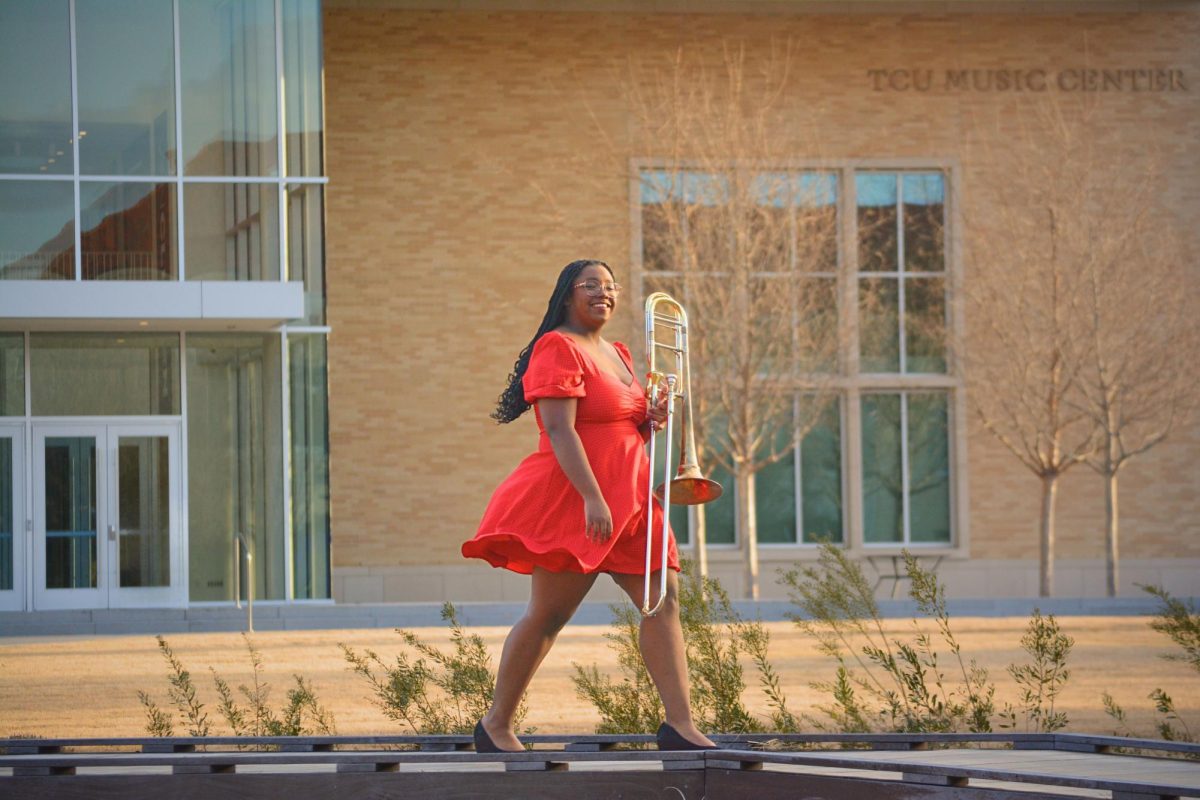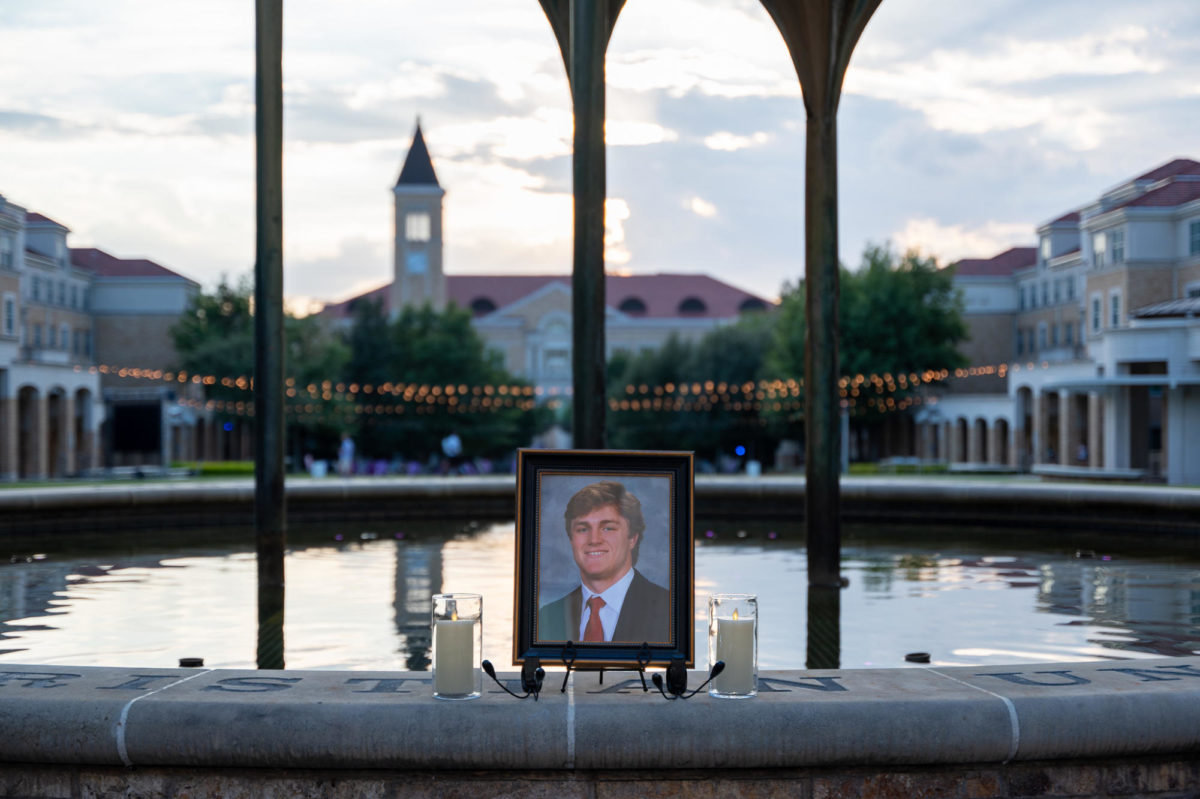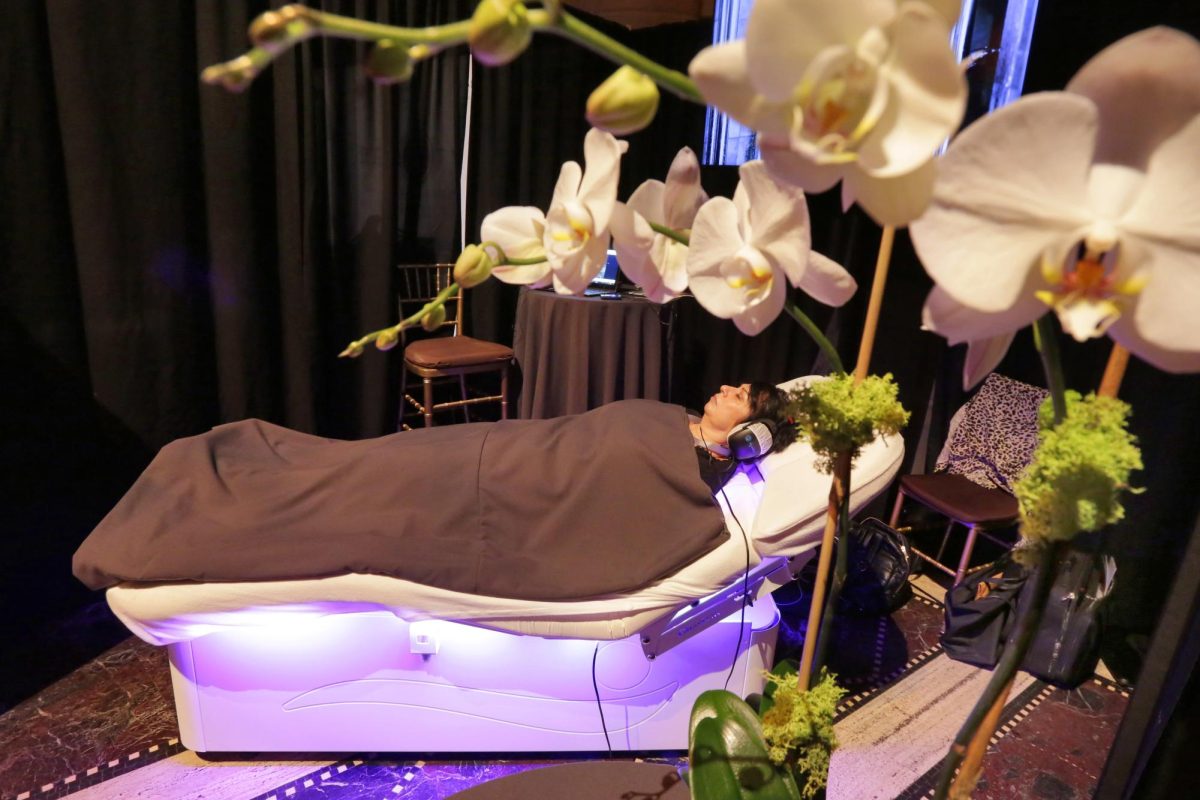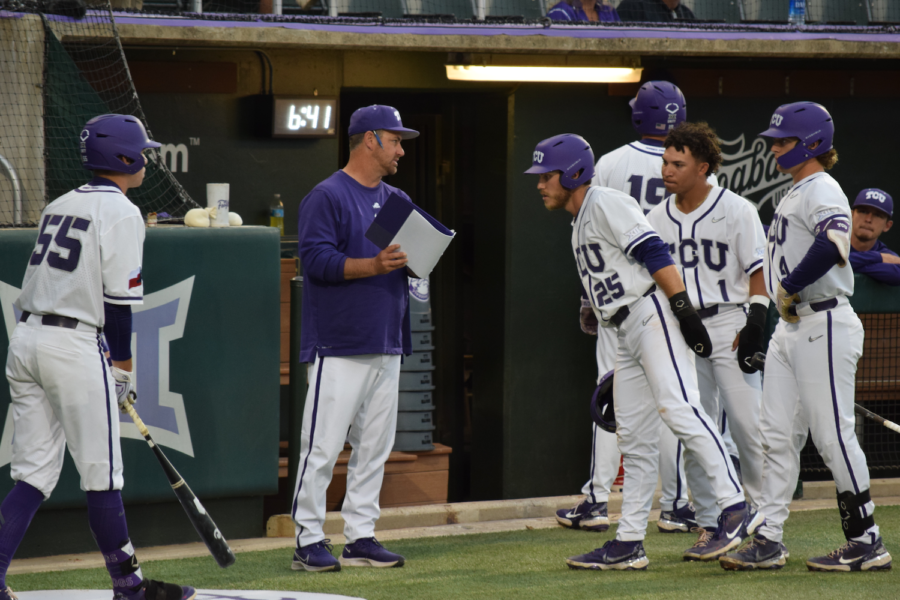Finding a job and a place to live are the priorities of the class of 2019, but 50 years ago, when 900 graduates crossed the stage, the draft, the Vietnam War and changes wrought by the civil rights and women’s movements weighed on the newly minted alums.
The class of 1969 returns next week to a campus that changed with the times without losing some of the uniqueness of TCU.
“Campus was warm and friendly and open, it was so easy to make friends,” said Mike Mullins, reunion chair for the class of 1969. “It was an outgoing place.”
While graduates spend the weekend celebrating the end of their time at TCU, those here for their 50th reunion will remember a long-gone era that would seem foreign to today’s students.
Mullins learned about TCU from high school friends who were Horned Frogs.
“The atmosphere was just bright and positive,” he said. “I felt a little intimidated, you know, to start in a small town like Temple, Texas, it was 30,000 people; Fort Worth was a big city to me, but it just seemed right, I just liked it.”
The Quadrangle
In 1968 and 1969, TCU announced plans to build Frog Fountain, the Sid Richardson science building, which was then called the Science Research Center, and the Rickel Physical Education building.
Campus Commons, which was known as the Quadrangle, was a big open field. The Brown-Lupton Student Center was located where Scharbauer Hall stands.
Alicia Wagner Brown lived in Colby Hall during her first and second year at TCU.
“The Quadrangle was neat back then because you could drive around the whole [thing]; it wasn’t cut off as it is now for pedestrians only,” Brown said. “You always were walking through the student center to go to classes, so you could see everybody.”
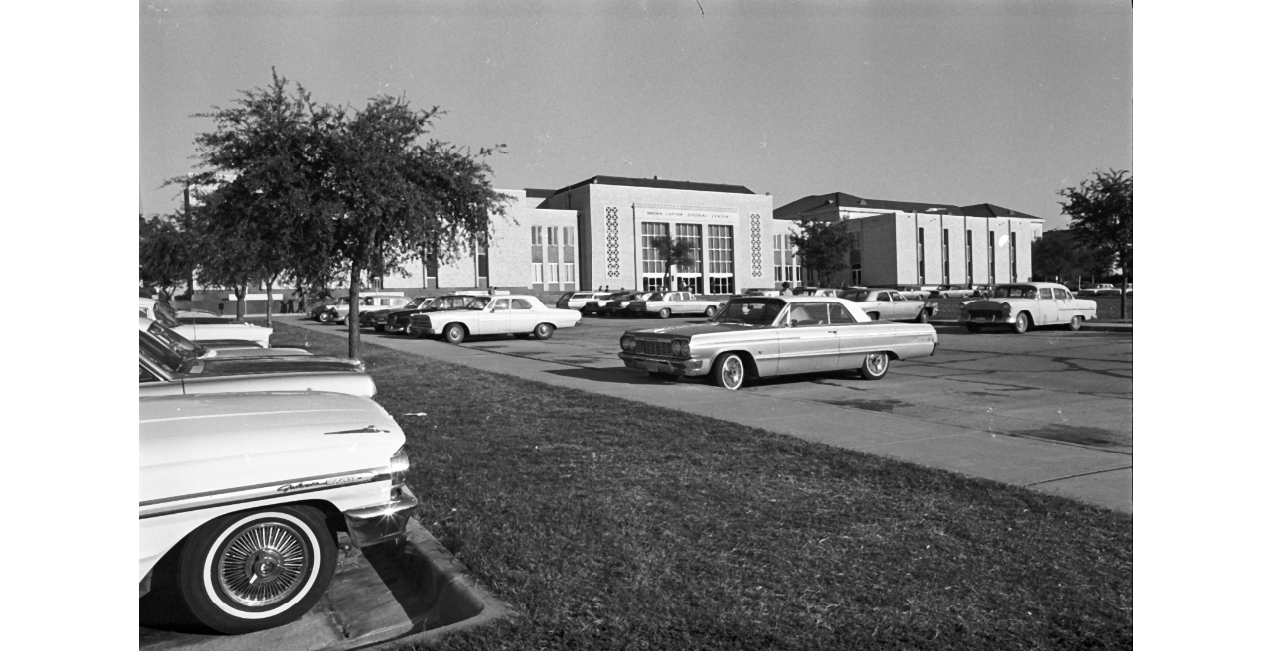
And while the university seems to have buildings popping up on both sides of South University Drive, Mullins remembers a campus of wide, open spaces.
“Beside Milton Daniel, before Stadium Drive, that was all just grass, and where the Rickel is, that was grass. The lawns were gigantic.”
Mike Mullins, Class of 1969
“That part was really nice: There was so much space, we could stand on the steps of the Brown-Lupton and look all the way across to the big TCU monogram in the seats of the Amon Carter,” Mullins said.
He misses the green spaces but said TCU today looks, “infinitely better.”
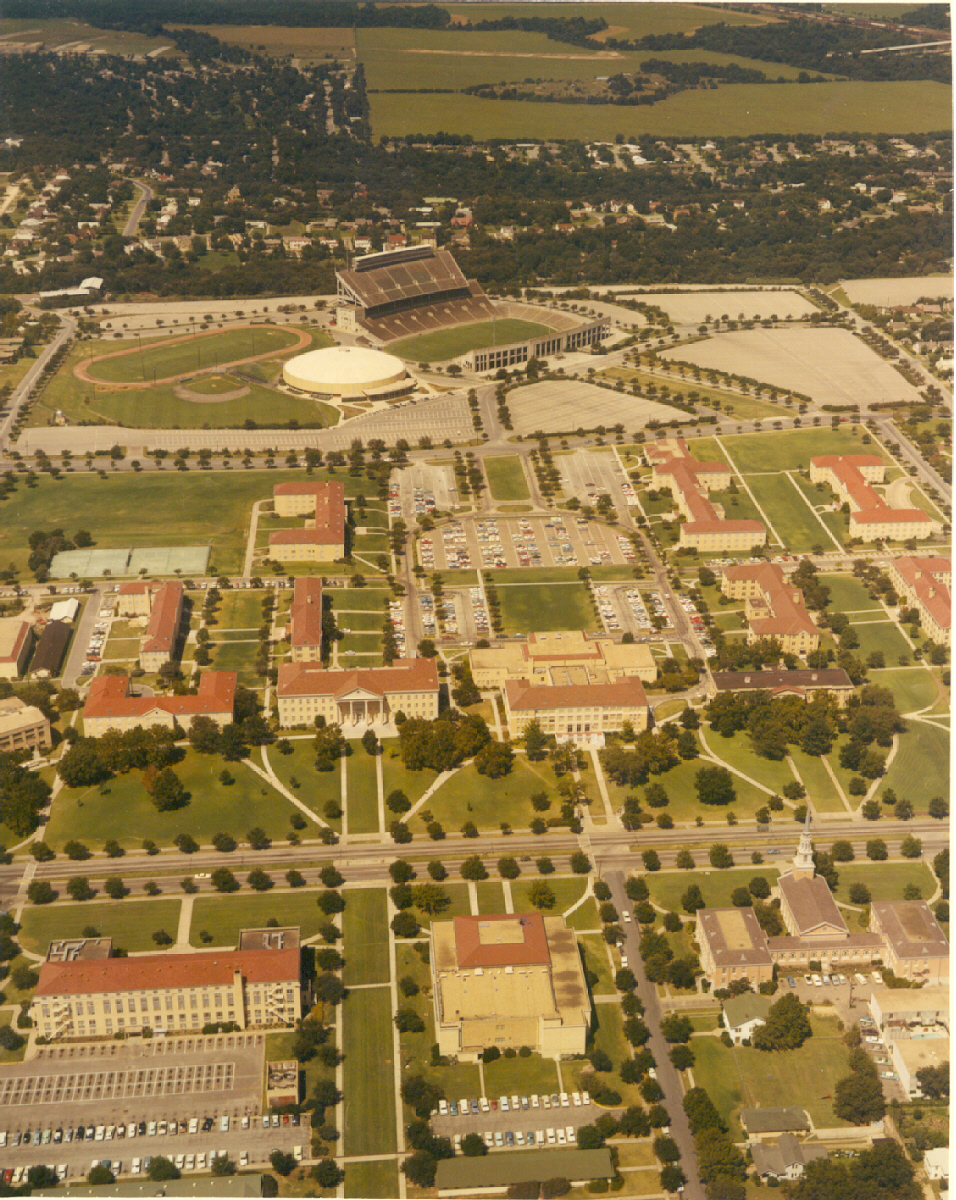
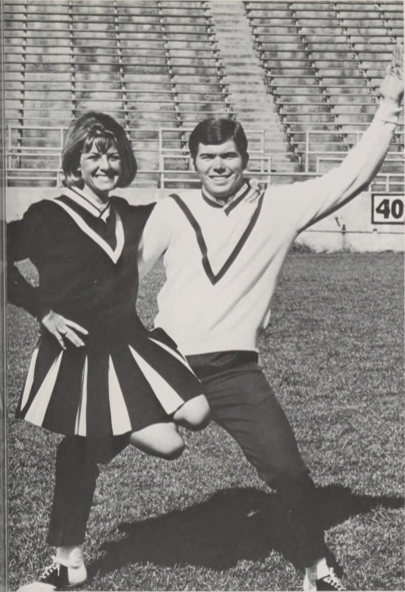
One of the activities available for first year students was “Howdy Week.” During the first week of the fall semester, all first-year students wore a white beanie with purple TCU letters.
Other events included Campus Chest, a fundraising event for Greek life. There was a women’s auxiliary group for Army ROTC Battle Group — the Corp-Dettes. The Air Force ROTC had Angel Flight.
Susan Nix (née Appleby) was a part of the Corp-Dettes. The group nominated her to be Miss TCU, a title she won during her senior year.
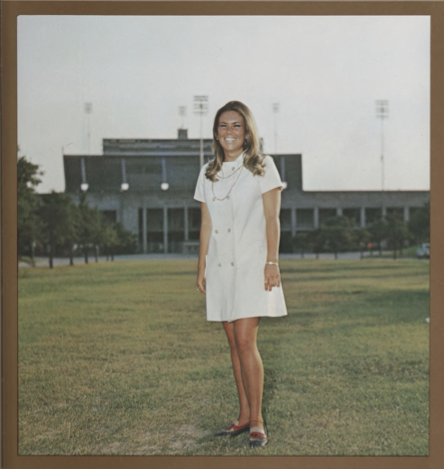
Nix, who moved to Fort Worth in junior high school after growing up in New Jersey, said that what initially attracted her to TCU was the possibility of living in a dorm instead of commuting daily to Dallas to attend Southern Methodist University.
Back then, dorms and Greek housing were separated by gender. Women had a curfew.
“We were very protected. We were locked in the dorm at night, at 10 o’clock. At 12 o’clock on Fridays, and 1 o’clock on Saturdays,” Nix said. “You were locked in for the weekend if you didn’t make curfew, you couldn’t go out at night if you got disciplined.
Brown was a dorm sponsor, equivalent to today’s resident assistants.
Not only were curfews a strict rule for female students, there were also restrictions on what they could wear to class until 1967.
“The girls could not wear shorts or slacks on campus,” Brown said. “As a physical education major, here you’re going to P.E. classes everyday and you had to be in a skirt, so we’d just put on our shorts under our long raincoats.”
Campus climate
The late 1960s were also a time of political and civil unrest throughout the U.S. Civil rights marches and protests happened on a regular basis. The Vietnam war was raging.
Dr. Martin Luther King, Jr. and Robert F. Kennedy were assassinated in the spring and summer of 1968. By fall, Richard Nixon was elected president.
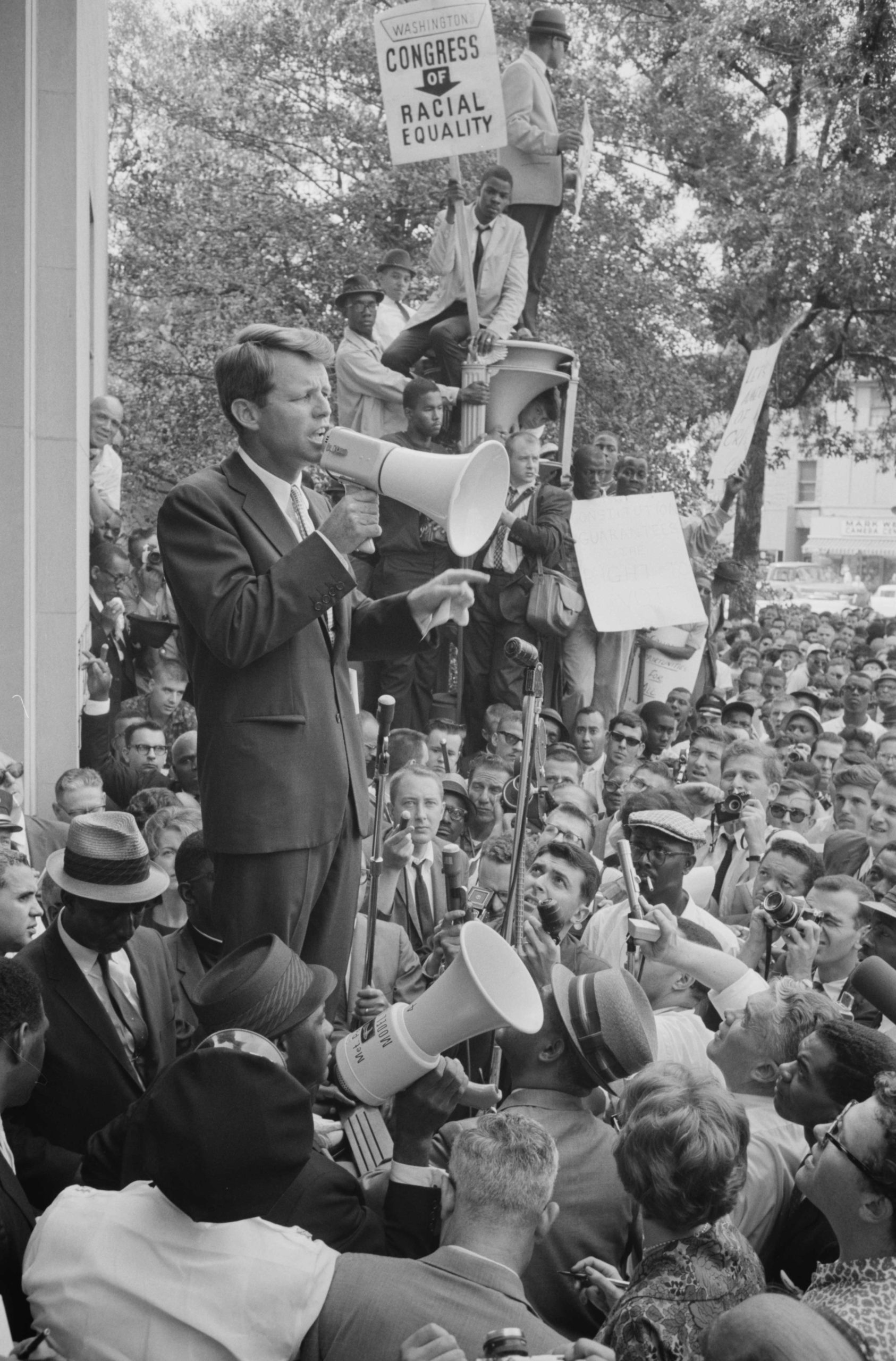
But alumni don’t recall the unrest having much of an effect on campus.
“We weren’t as affected as most campuses,” Nix said. “We were very conservative, we were very protected, I believe. I don’t remember any demonstrations; they were doing it all over the nation, but we were protected.”
For Brown, it even seemed like they were living simpler lives back then.
“Growing up, we didn’t have wars, our parents had the war, so life was easy back then, and you didn’t have all the anger that people have now,” she recalled. “People got along better back then, there was more respect.”
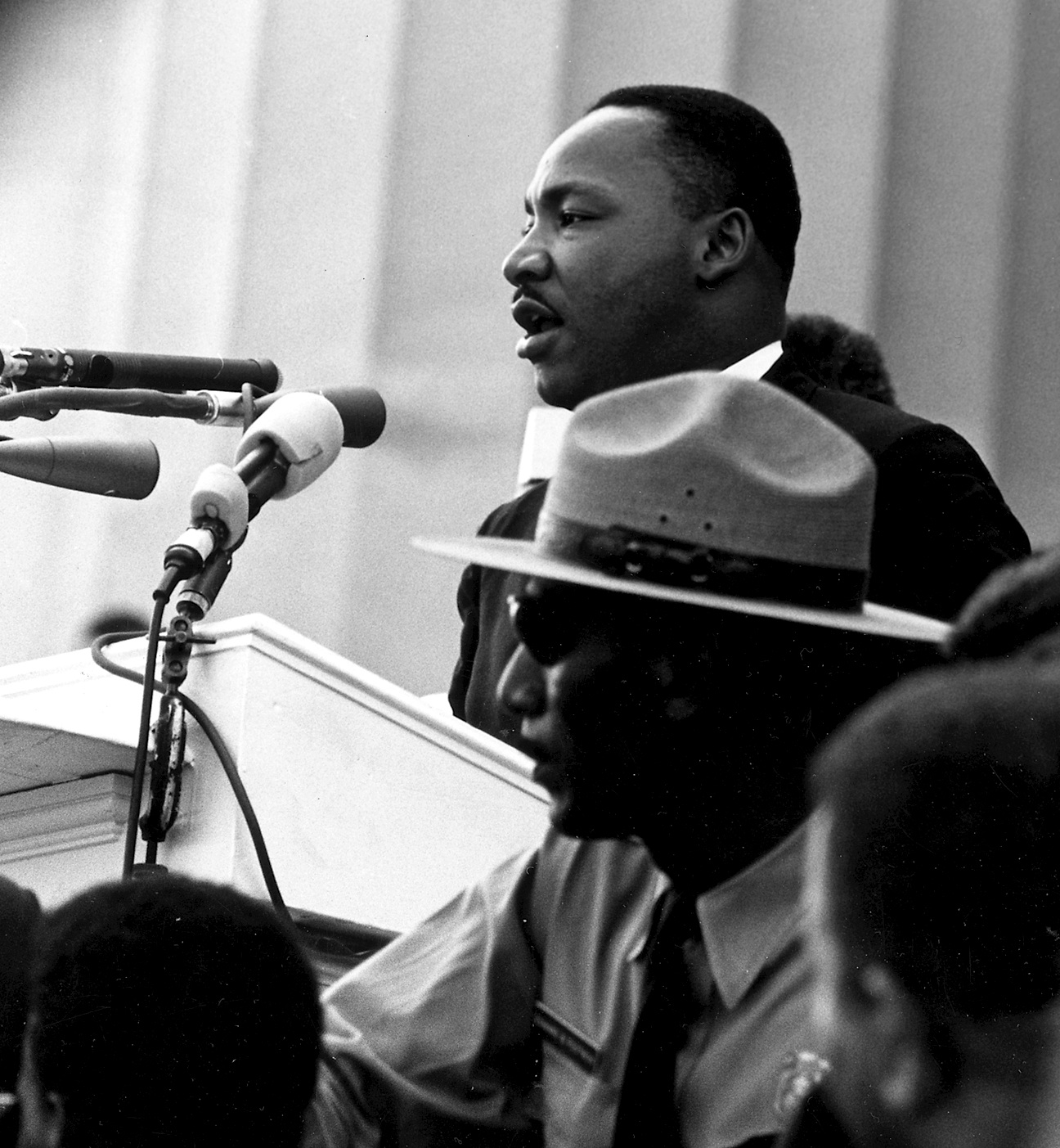
Still, for young men like John Cockrell, the Vietnam draft loomed in the background.
“We were more focused, as males, on whether you’d get drafted or not,” Cockrell said. “The pressure of staying in school was really strong. Guys, if you didn’t make your grades, you got called up for the draft. That was one of my reasons for getting into ROTC.”
Cockrell met his wife Lynn (née Wilson) in a history class during the spring semester of their sophomore year. After dating for two years, they married shortly after graduating.
Even though there wasn’t that much talk about the war on campus, Lynn Cockrell remembers this as a difficult time.
“I think we did feel very insulated,” Lynn said. “Because I knew John was in ROTC, and that summer he was at [ROTC] summer camp, I think the military, the Vietnam thing was definitely on my radar, but I still thought it would end before [John went].”
John was commissioned by the Army in the fall of 1969. He was given orders to go to Vietnam in the fall of 1970 and was stationed there for 10 months.
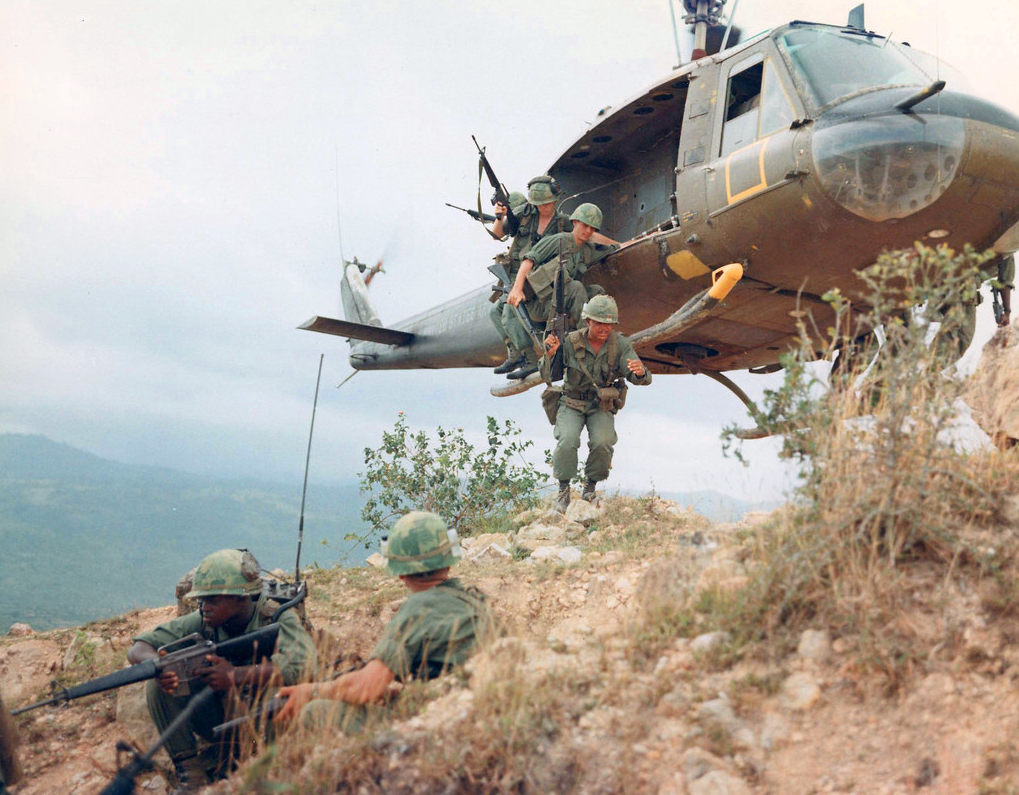
Mullins was also drafted by the Army soon after graduating from TCU.
Mullins started law school in the fall of 1969 but soon realized he had made the wrong career choice.
“I was the only person in the history of the Vietnam war who was relieved to get a draft notice,” Mullins said with a chuckle.
He said male students could defer the draft by going to graduate school until President Nixon made graduate students from every program except medical and theological schools eligible to be drafted.
“I reported to duty in Fort Polk, Louisiana, and I was very lucky that I was just sent to Okinawa,” he said. He remained there for two years.
Mullins acknowledged that TCU’s campus leaned more conservatively, but he said the civil rights movement hit a little closer to home.
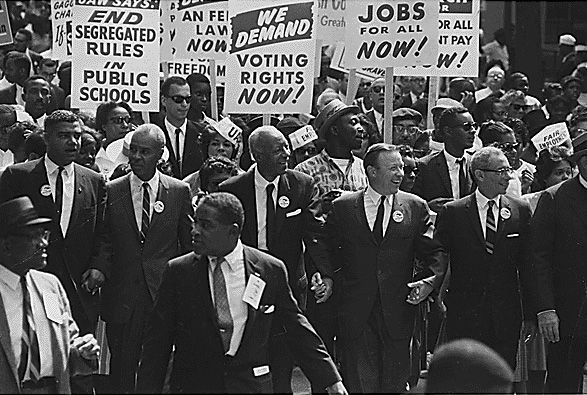
“There was certainly a darkness in that regard,” he said. “I’d like to think the whole campus was feeling that; you’d have to be pretty hard-nosed or one-sided if you didn’t feel the darkness and unfairness in the country.”
Still, TCU’s student body was not diverse. With an enrollment of around 6,000 students in 1969, there were only a handful of minorities and international students.
Lynn Cockrell remembers when James Cash, also a member of the Class of ‘69, became the first black player on the basketball team. Linzy Cole was the first black player on the football team.
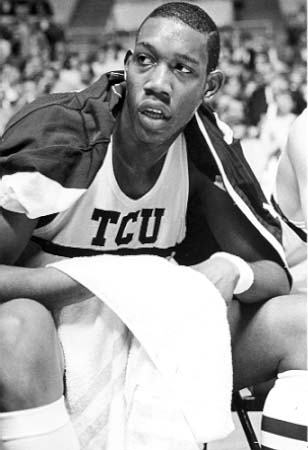
Brown said TCU has come a long way.
“It’s much more diversified now within its student body, its international students,” Brown said. “Of course we have a better national recognition, and the quality of professors now and the number of chairs we have has certainly improved. Chancellor Boschini has had such foresight to make the facilities grow to accommodate students and to bring recognition to the school, it’s incredible.”


